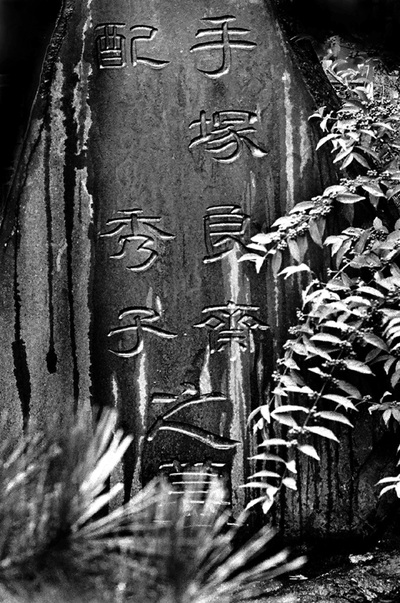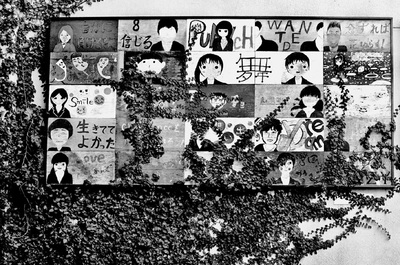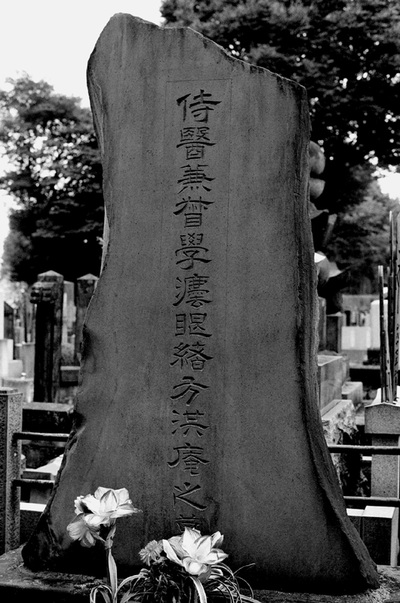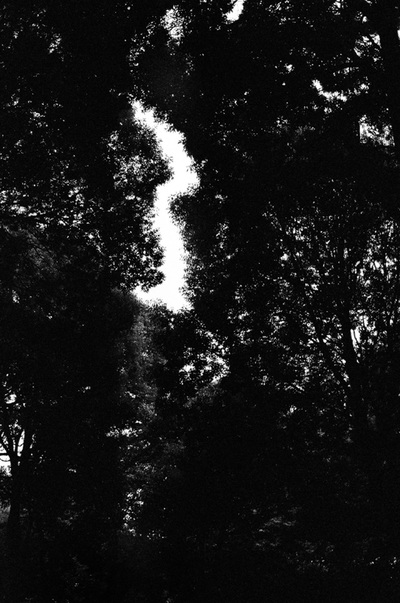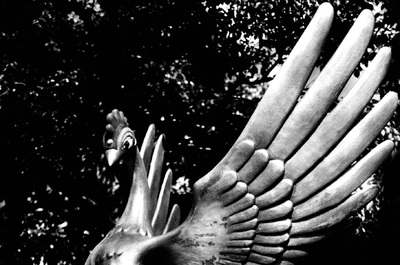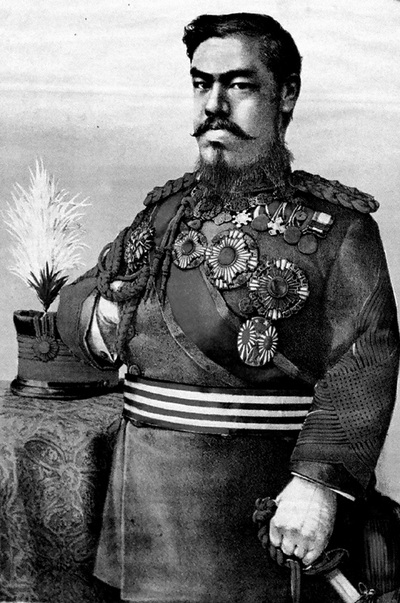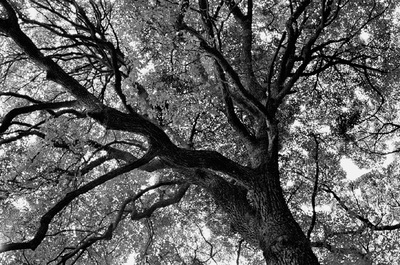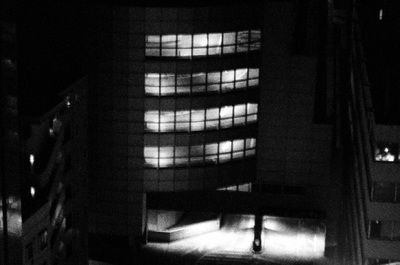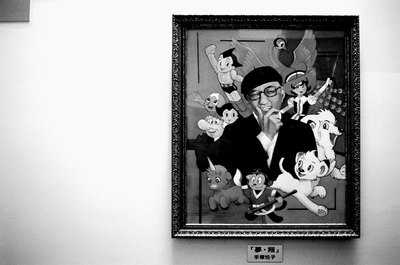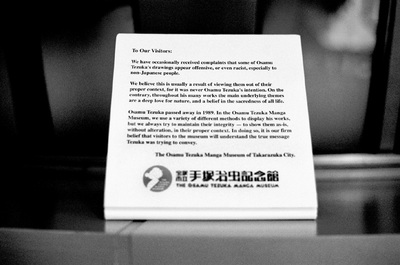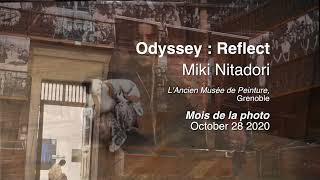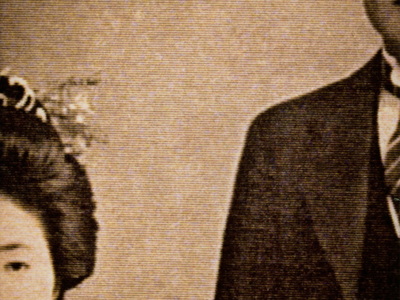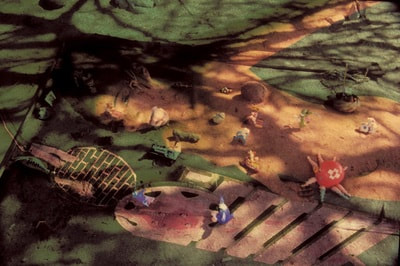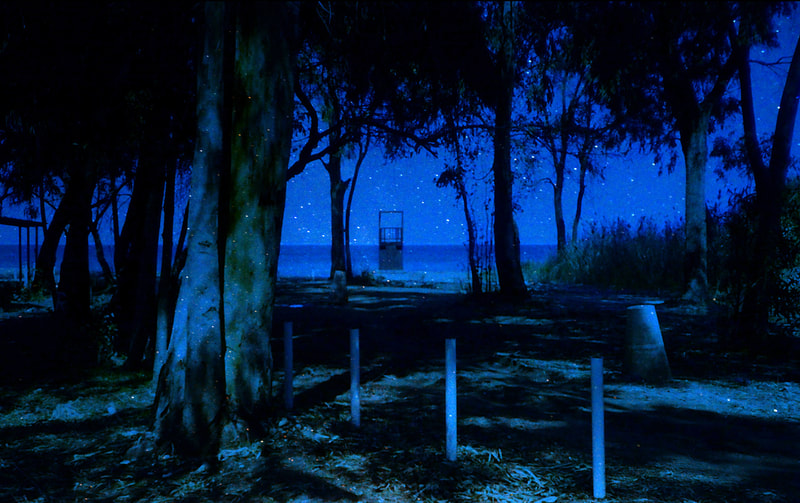Looking for tree in the sun, printed on A4 drawing paper, inkjet print, 2009,
installed with metal exhibition wire, small wood clips like a shoji ( Japanese sliding doors)
installed with metal exhibition wire, small wood clips like a shoji ( Japanese sliding doors)
Looking for "tree in the sun" 2010
In the Japanese version of Wikipedia, we read about the tree in the sun, as follows:
"The Tree in the Sun (Hidamari no ki) is a manga by Osamu Tezuka that was published between 1981 and 1986.
It was adapted into an animation in 2000.
The title The Tree in the Sun represents Japan, as Fujita Toko, a dialectician of the Mito school, presents the hero of the manga, Ibuya Manjiro. When Westerners took off in search of new markets in Asia, Fujita defended the idea of reforming the system - strengthening the authority of the Emperor, to ensure safety for Japan. The Shogunate, imprisoned by old habits and plagued by influential families, was about to fall. Toko gave this the name The Tree in the Sun."
I was very impressed by this animation. This is because it depicted the commitment and efforts of individuals close to us, starting with those who studied Western medicine and those who have helped to position Japan in the international arena. Without them I probably would not have lived abroad. It is also from the second half of the nineteenth century, when the Japanese began to emigrate.
After discovering this manga, I got more interested in Osamu Tezuka. I read several documents about him and read his work. When I most wanted to know more about him, I had the opportunity to visit Japan.
During this trip, I went in his hometown of Takarazuka. I visited the museum dedicated to him, saw a play that showed how Takarazuka has influenced him (all roles are played by women), and I went to his grave. I was also moved by the graves of Ryoan Tezuka, the great grandfather of Osamu Tezuka, and Ogata Koan, characters found in Tree in the Sun.
The work entitled "Looking for The Tree in the Sun" could actually be interpreted as "A quest of Japan."
"Japan", what is it?
When you live a long time abroad, it is a question that often arises. As is invariably the case for someone who lives far from his home country, opportunities to learn about their own country are many and very pleasant. As an inexhaustible subject, there are many things we never address.
Through this exhibition that pays tribute to Tezuka Osamu, I learned lot of things through the work of the cartoonist.
This year a coalition government has emerged, led by the Democratic Party. This is the first time since 1993 (when another coalition government led by Morihiro Hosokawa became the ruling party) without the participation of the Liberal Democratic Party, that has dominated politics since 1955. The Tree in the Sun is a work that addresses issues similar to those now encountered in this period of political change, and I would like to share with many people.
This quest for the tree in the sun, a tribute to The Tree in the Sun and its author, has turned into a chronicle of my own quest of Japan.
What I would tell you with all these photos is that Japan is the result of a mixture of elements from other places and other periods that remain strong today. It looks like a spider's web, dense and complex.
In this series, I mixed up the shots because I wanted to create intimate feelings between different images.
I did not choose one mode of writing, as a regular series. Instead I wanted to create a feeling inside, which several modes of expression telescopes. As a complete work, it is rather bleak. One has the impression of stagnation and to some extent, one sees a dark side. In fact, for Japanese it may be difficult to see the photographs of cemeteries and Yasukuni shrines as interesting.
Apart from Osamu Tezuka and some of his characters that can be seen from time to time, one wonders if this series is really me paying an homage to him.
He is the author of some 700 works which include Astro Boy, Princess Knight, King Leo, Black Jack or Phoenix, the firebird.
We tend to say that his representative works are few. Yet Osamu Tezuka had often said that he noticed the flaws of a work right after he finished the works. Thus, he decided to consider it as a work of the past and not as his own work of the present.
What attracts me in his work is that in addition to numerous appearances as a character in his stories and most of his autobiographical works. The common thread between the works of Tezuka and my work is autobiographical dimension and the fact that I appear often on my works. We can bring our method of visual expression, even if everyone adds a personal touch.
I visited the Yasukuni shrine, closely linked to the Second World War, an event that has most marked Osamu Tezuka. I visited the Meiji shrine where the Emperor of this new Meiji era, after The Tree in the Sun era, is celebrated. Then I went to Kobe, a city from where many Japanese migrated in the change of era, and which experienced the worst earthquake in Japan's history before the most recent Tohoku earthquake. Finally I walked through the Eisei Bunko Museum which presents works of art and historical documents owned by the Hosokawa family who originated in Kumamoto. Like the tea bowls made by Morihiro Hosokawa, who was also the head of the first coalition government without the Liberal Democratic Party, I wanted to show that culture, and the Japan with which I rubbed shoulders during my stay.
With this assembly, bearing in mind the concept of "life" that dominates Tezuka's work, I explored the past that continues to exist in the present, I observed that Japan is moving towards the future, and I wondered about the relationship between the state, politicians, artists, ordinary people, individuals and myself.
It is of course impossible to describe 140 years in a work done in about ten days, but I would be glad if I could provide an introduction through these images.
"The Tree in the Sun (Hidamari no ki) is a manga by Osamu Tezuka that was published between 1981 and 1986.
It was adapted into an animation in 2000.
The title The Tree in the Sun represents Japan, as Fujita Toko, a dialectician of the Mito school, presents the hero of the manga, Ibuya Manjiro. When Westerners took off in search of new markets in Asia, Fujita defended the idea of reforming the system - strengthening the authority of the Emperor, to ensure safety for Japan. The Shogunate, imprisoned by old habits and plagued by influential families, was about to fall. Toko gave this the name The Tree in the Sun."
I was very impressed by this animation. This is because it depicted the commitment and efforts of individuals close to us, starting with those who studied Western medicine and those who have helped to position Japan in the international arena. Without them I probably would not have lived abroad. It is also from the second half of the nineteenth century, when the Japanese began to emigrate.
After discovering this manga, I got more interested in Osamu Tezuka. I read several documents about him and read his work. When I most wanted to know more about him, I had the opportunity to visit Japan.
During this trip, I went in his hometown of Takarazuka. I visited the museum dedicated to him, saw a play that showed how Takarazuka has influenced him (all roles are played by women), and I went to his grave. I was also moved by the graves of Ryoan Tezuka, the great grandfather of Osamu Tezuka, and Ogata Koan, characters found in Tree in the Sun.
The work entitled "Looking for The Tree in the Sun" could actually be interpreted as "A quest of Japan."
"Japan", what is it?
When you live a long time abroad, it is a question that often arises. As is invariably the case for someone who lives far from his home country, opportunities to learn about their own country are many and very pleasant. As an inexhaustible subject, there are many things we never address.
Through this exhibition that pays tribute to Tezuka Osamu, I learned lot of things through the work of the cartoonist.
This year a coalition government has emerged, led by the Democratic Party. This is the first time since 1993 (when another coalition government led by Morihiro Hosokawa became the ruling party) without the participation of the Liberal Democratic Party, that has dominated politics since 1955. The Tree in the Sun is a work that addresses issues similar to those now encountered in this period of political change, and I would like to share with many people.
This quest for the tree in the sun, a tribute to The Tree in the Sun and its author, has turned into a chronicle of my own quest of Japan.
What I would tell you with all these photos is that Japan is the result of a mixture of elements from other places and other periods that remain strong today. It looks like a spider's web, dense and complex.
In this series, I mixed up the shots because I wanted to create intimate feelings between different images.
I did not choose one mode of writing, as a regular series. Instead I wanted to create a feeling inside, which several modes of expression telescopes. As a complete work, it is rather bleak. One has the impression of stagnation and to some extent, one sees a dark side. In fact, for Japanese it may be difficult to see the photographs of cemeteries and Yasukuni shrines as interesting.
Apart from Osamu Tezuka and some of his characters that can be seen from time to time, one wonders if this series is really me paying an homage to him.
He is the author of some 700 works which include Astro Boy, Princess Knight, King Leo, Black Jack or Phoenix, the firebird.
We tend to say that his representative works are few. Yet Osamu Tezuka had often said that he noticed the flaws of a work right after he finished the works. Thus, he decided to consider it as a work of the past and not as his own work of the present.
What attracts me in his work is that in addition to numerous appearances as a character in his stories and most of his autobiographical works. The common thread between the works of Tezuka and my work is autobiographical dimension and the fact that I appear often on my works. We can bring our method of visual expression, even if everyone adds a personal touch.
I visited the Yasukuni shrine, closely linked to the Second World War, an event that has most marked Osamu Tezuka. I visited the Meiji shrine where the Emperor of this new Meiji era, after The Tree in the Sun era, is celebrated. Then I went to Kobe, a city from where many Japanese migrated in the change of era, and which experienced the worst earthquake in Japan's history before the most recent Tohoku earthquake. Finally I walked through the Eisei Bunko Museum which presents works of art and historical documents owned by the Hosokawa family who originated in Kumamoto. Like the tea bowls made by Morihiro Hosokawa, who was also the head of the first coalition government without the Liberal Democratic Party, I wanted to show that culture, and the Japan with which I rubbed shoulders during my stay.
With this assembly, bearing in mind the concept of "life" that dominates Tezuka's work, I explored the past that continues to exist in the present, I observed that Japan is moving towards the future, and I wondered about the relationship between the state, politicians, artists, ordinary people, individuals and myself.
It is of course impossible to describe 140 years in a work done in about ten days, but I would be glad if I could provide an introduction through these images.
You may be interested in




